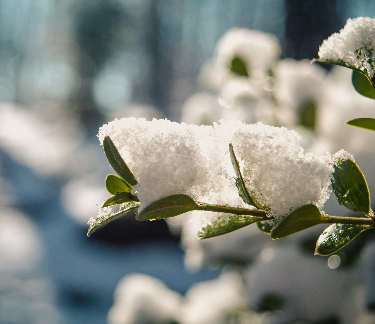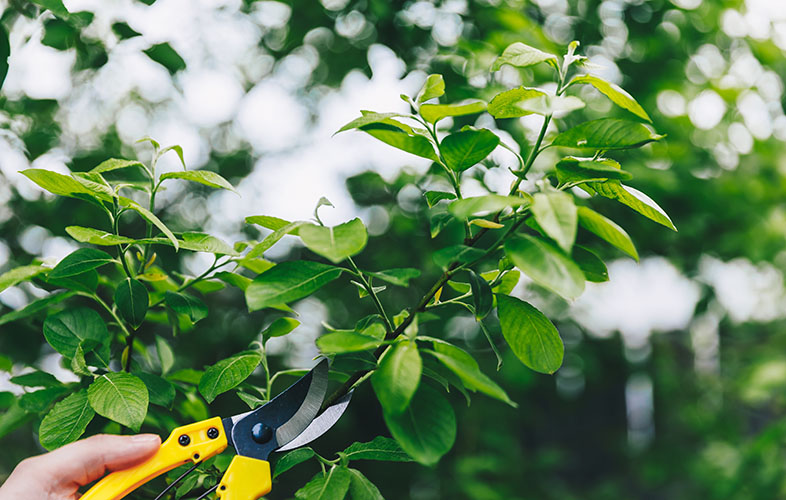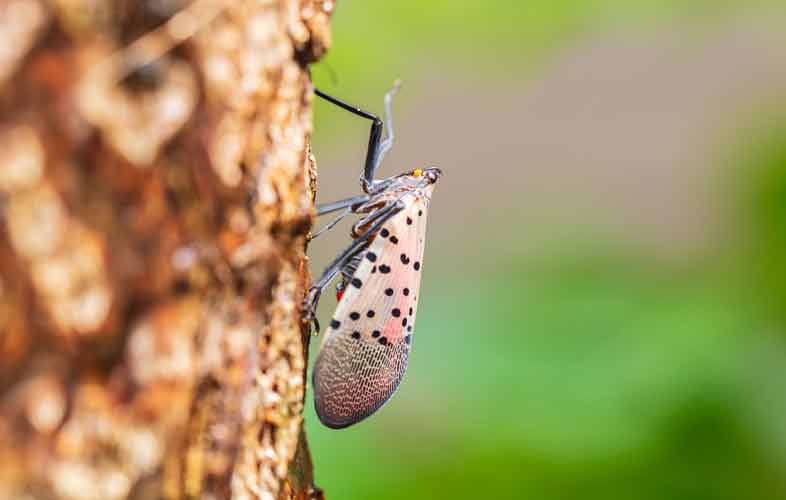Just like people, trees and shrubs need a variety of micronutrients to grow strong and healthy. One of the most important is iron. This metal plays a critical role in the synthesis of chlorophyll, the green pigment that enables plants to “eat” by converting sunlight into energy. Without sufficient iron, trees and shrubs can develop iron chlorosis or yellowing of the leaves, which means they can’t get all the nutrients they need to thrive. Needless to say, ensuring your soil has enough iron is an essential part of growing (and maintaining) a thriving outdoor living space.
To help, we’ve put together this guide to iron deficiency in trees and shrubs. Ahead, we’ll explain what can cause iron deficiency in plants and detail some of the telltale signs of iron chlorosis. You’ll also learn about what TruGreen® can do to help revive your outdoor plants when they’re exhibiting signs of iron deficiency. Read on for all the details.


 Branch Finder
Branch Finder













Facebook
X
Youtube
Copy Link
Email